We Need to Talk About LGBTQ Book Displays
A few days ago, an article surfaced that made it known that the director of Washington County libraries in Utah told their staff that they could not put up LGBTQ themed displays. Source: LGBTQ displays not allowed at any Washington County libraries. The reasoning is that the director didn’t want to alienate a part of the population, in this case meaning conservative community members who view the LGBTQ lifestyle to be sinful. The library’s position is that they don’t want to take a side in the debate, but the debate is about the basic humanity of LGBTQ people and by not allowing LGBTQ displays, they do in fact seem to be taking a side and proclaiming that a portion of the population they serve don’t deserve to exist in an environment that affords them basic human rights and dignity.
I will be honest, I have been told at times that I could not put up displays for Pride and I have circumnavigated that request by putting up Pride displays that were less obvious. I have in my 25 years of being a YA librarian had two complaints about displays. One was for a Banned Books Week display and the adult complained that I was encouraging teens to be subversive and read banned books, which is exactly what I was doing. The second was for a display on social activism which highlighted books about teens being engaged in politics and the patrons complained that the library was “taking sides.” It was, we felt, a pretty neutral display that just encouraged teens to be engaged in their political lives, but we had enough complaints that I was asked by administration to modify the display, which I did. Displays are not beyond complaint and although most libraries have a materials challenge policy and process, they don’t for displays.
ADVERTISEMENT
ADVERTISEMENT
In fact, a lot of libraries don’t have policy displays period. It’s something we’re expected to do, create space to do it in, and then we don’t do a lot of training or organization around the process. Displays are part of a library’s marketing plan. They are, more specifically, merchandising, and anyone tasked with doing displays in the library should study retail merchandising to get an idea about what retail outlets have found works and what doesn’t. This includes information such as where displays should be placed, how often they should be changed, and what constitutes an effective display. Library displays should be approached with the same intentionality that any other library business is.
Displays are, of course, a place where libraries are not in fact being neutral. What we choose to highlight or not makes a statement. Many libraries have also been told, for example, that they can not put up Black Lives Matter displays. Many of those same libraries will put up support your local police displays. This makes a statement to the public about who the library is and isn’t willing to support. Displays are not neutral. Every time we decide to put an item on display, we are magnifying that item over 100s of others that we could choose to magnify in our collections.
Decisions about displays are primarily informed by the comfort and privilege of library staff. I have yet to meet a library administrator who wants to hear a patron complaint, and for just cause. What we can and can’t put on display is often just as much about the staff as it is about the communities that we serve. I’ll be honest, after the ordeal I went through when a patron complained about my BBW display and it went all the way to the board, I understand the desire to make safe displays. No library wants the PR that can come with a display challenge and no staff member wants to be the one standing before the board having to justify their display. The only time any of us wants to stand before the board is to be told that we are doing a job well done.
But if we truly understand librarianship, we must understand that a job well done means that we will occasionally be offending someone. According to recent statistics, approximately 50% of teens identify as LGBTQ. By saying that we won’t put LGBTQ teens on display, we are saying that we are willing to silence half of our teenage population. This is a group that has historically and continues to this present day to face widespread persecution and assaults on their mere existence. The rates of homelessness, bullying and suicide are incredibly high among LGBTQ youth. Our silence, our refusal to buy and amplify these voices makes us, libraries and librarians, complicit in these statistics. Let us always remember that helping teens find the books they need can, in fact, be literally life saving.
Anythink Libraries Anythink Libraries Visual Merchandising Guidelines
Visual Merchandising for Public Libraries
Building Displays That Move “the Merchandise”
ADVERTISEMENT
ADVERTISEMENT
Though to be honest, my ideas about LGBTQ displays are changing. It’s not that I think we shouldn’t have them, it’s that I think we need to be approaching the topic differently. Having a display of LGBTQ titles can still be seen as othering LGBTQ patrons. We are still separating them, drawing attention to their differences. I support more a movement towards inclusion. This means that every time we do a display in our libraries, we need to make sure some of the titles that are on our display are LGBTQ titles. That’s what inclusion looks like. So I focus less on having LGBTQ displays and more on making sure that I have LGBTQ titles on every display that I do. Doing a science fiction display? Some of those titles highlighted better feature people of color and LGBTQ people. In fact, if each display you do doesn’t feature LGBTQ titles, you’re doing your displays wrong.
When I read about this declaration against LGBTQ displays, my first response was that of course they should have LGBTQ displays and that it was a violation of everything we stand for as librarians for this director to declare that this library system couldn’t have them. My second thought was, no we shouldn’t have LGBTQ displays, but not because of the reasons stated in the press, but because every display a library does should feature LGBTQ titles.
Telling out staff that we can’t put up LGBTQ displays means that we are telling our staff and our communities that this group of people are wrong and shouldn’t somehow be celebrated. We put up Black History Month displays. We put up Women’s History Month displays. But when it comes to Pride month, we stay silent because this is a group of people we aren’t willing to celebrate and that silence sends a profound message to everyone who identifies as being a part of the LGBTQ community, including our staff. Declarations that we can’t put up LGBTQ displays because we are putting the comfort of one group of people above the literal humanity of another is a troubling practice.
No, it’s a deadly practice. It’s important for us to remember that the LGBTQ community still faces extreme violence, discrimination and death. Right now we have legislators discussing whether or not people should be able to deny basic services to the LGBTQ community because of their religious beliefs. This means that if the person who shows up on the ambulance wants to deny you life saving measures because their religion is anti-LGBTQ, then they would be free to do so. It is no exaggeration to say that this issue is a matter of life and death, and public libraries who want to push aside a part of their community in this way are making and speaking proclamations about just who it is that gets to have a voice. It’s not a neutral decision, it’s a deadly one.
Filed under: Displays
About Karen Jensen, MLS
Karen Jensen has been a Teen Services Librarian for almost 30 years. She created TLT in 2011 and is the co-editor of The Whole Library Handbook: Teen Services with Heather Booth (ALA Editions, 2014).
ADVERTISEMENT
ADVERTISEMENT
SLJ Blog Network
Top 10 Posts of 2024: #10
Fuse 8 n’ Kate: Carol of the Brown King by Langston Hughes, ill. Ashley Bryan
Exclusive: Papercutz to Publish Mike Kunkel’s Herobear | News and Preview
The Seven Bills That Will Safeguard the Future of School Librarianship
ADVERTISEMENT

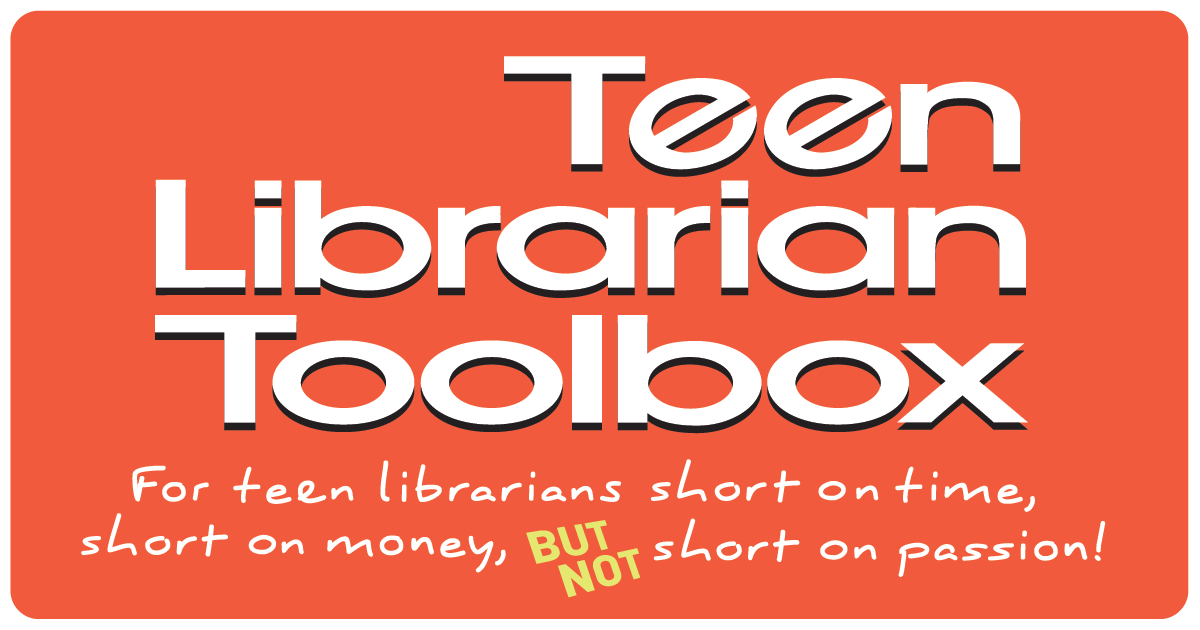
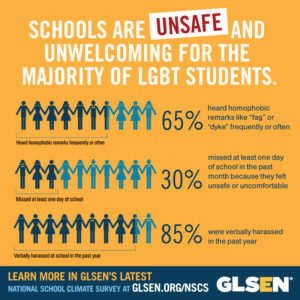
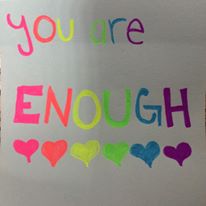


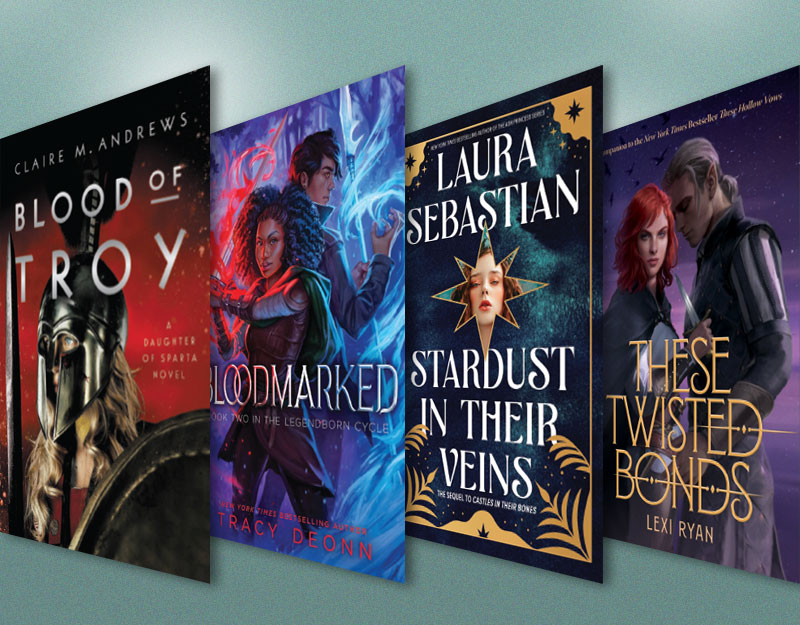
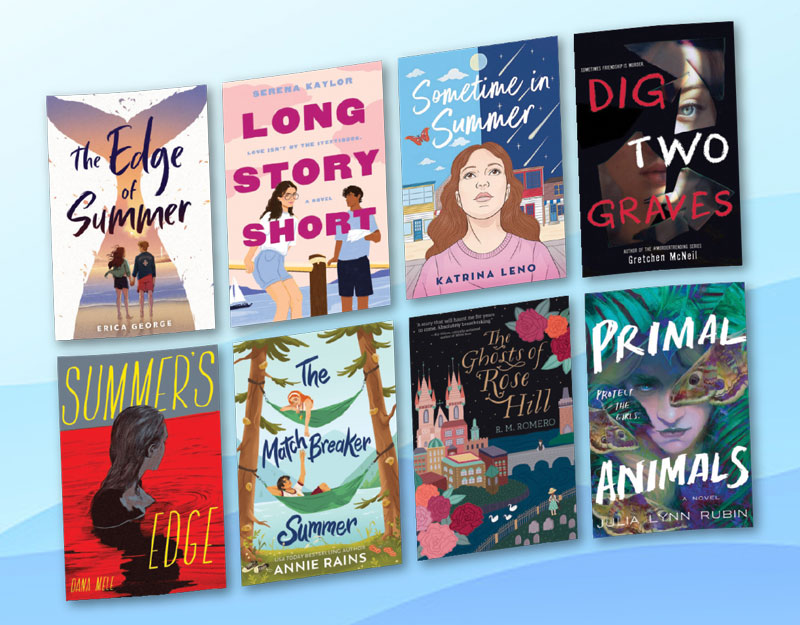
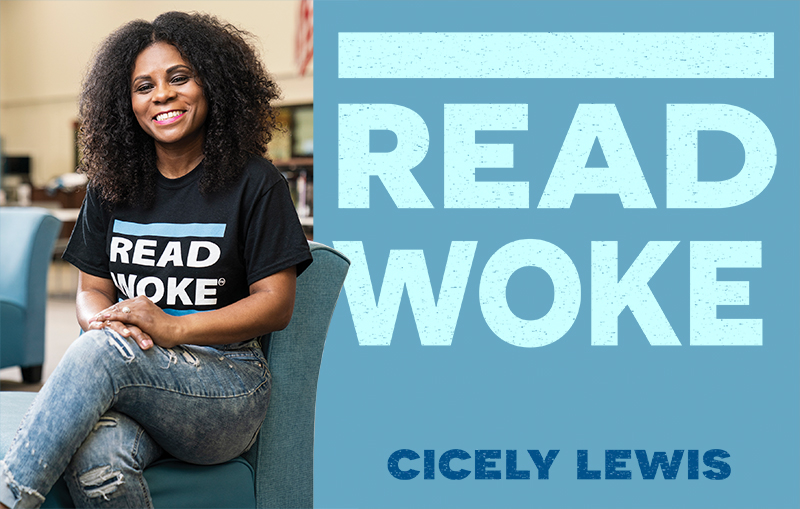

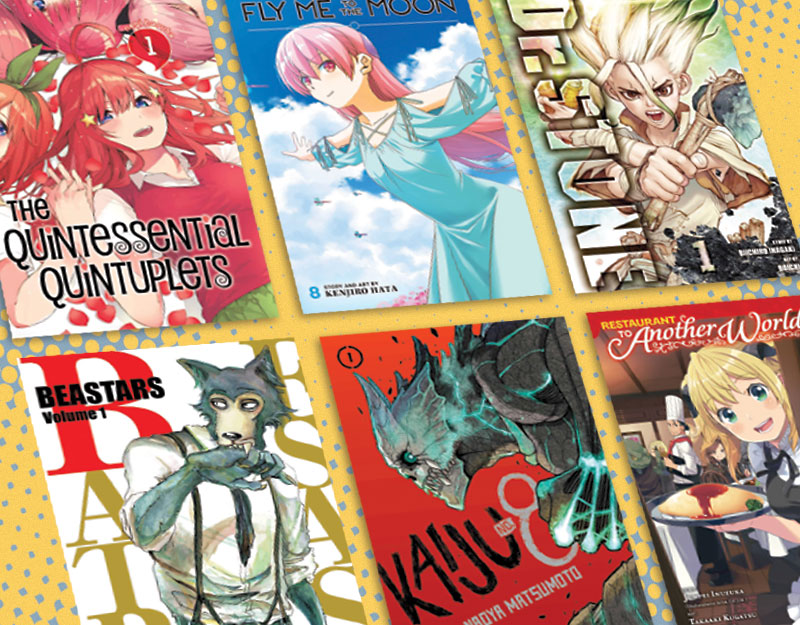
Thank you for this important and articulate article. I am wondering if you advocate for doing Pride displays, or if you think incorporating LGBTQ books/resources in every display is preferable? Is both a good idea?